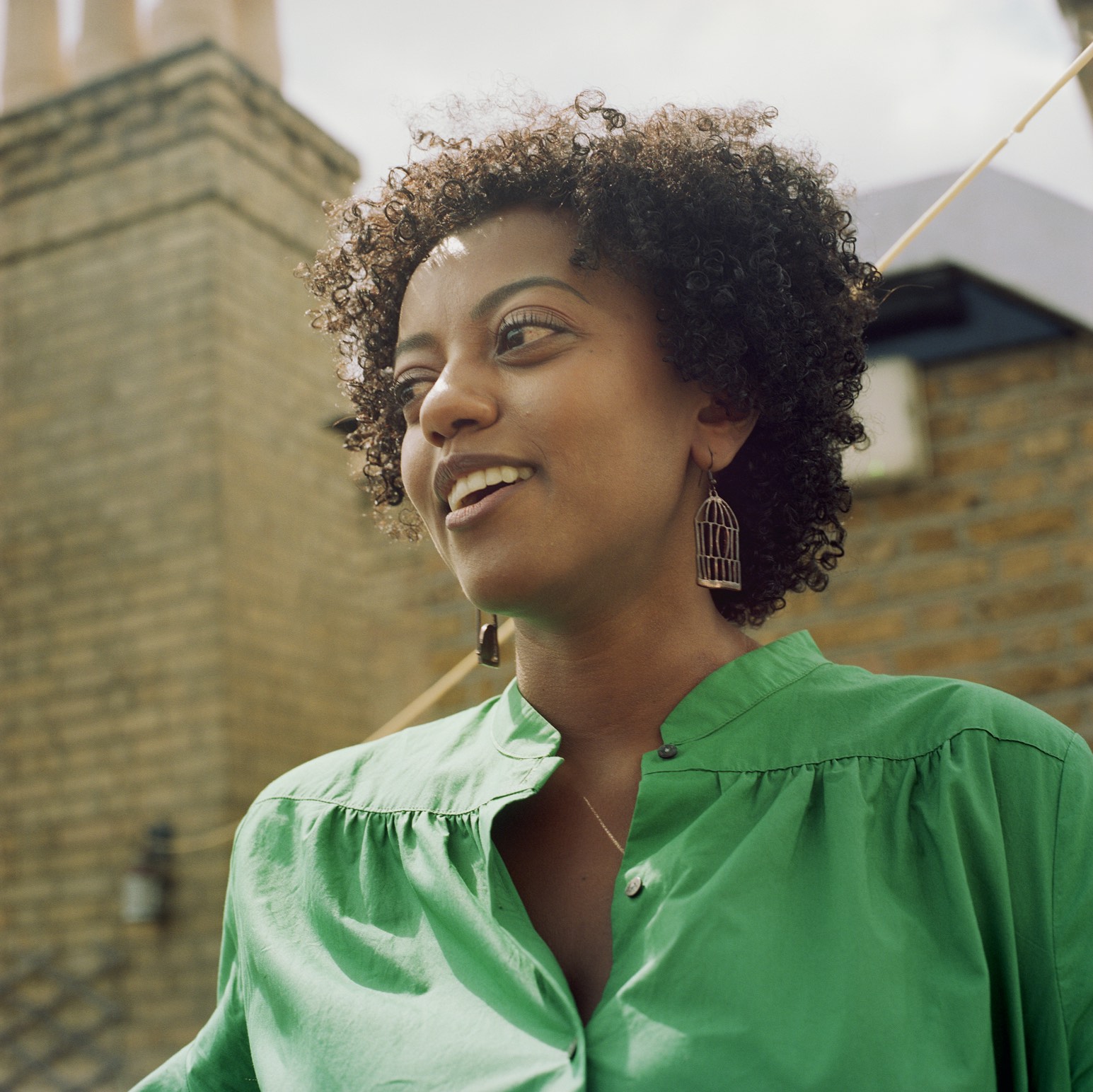The new exhibition giving refugees in the UK a voice
- Text by Bex Shorunke

“For human beings, a sense of belonging isn’t a luxury – it’s a necessity. None of us can exist without it. We are social animals, and community is who we are.”
Curator Juliet Stevenson is talking about Belonging, a new exhibition she has worked on with the country’s leading refugee employment charity Breaking Barriers. In it, seemingly everyday objects – like ankle bracelets, dancing shoes and earrings – transcend physicality to embody passions, pilgrimages and visions. “It was my idea for the refugees [all of whom are Breaking Barrier clients] to pick an item that expressed their identity,” she explains. “Refugees are often portrayed as this bulk feeble category; a poisonous media narrative that needs shifting.”
Breaking Barriers CEO Matt Powell set up the non-profit five years ago. It has since worked with 20 businesses and supports 500 refugees per year, helping them find and retain employment in the UK. “There are currently over 300,000 refugees with the legal right to work in the UK,” he says. “However, their integration into employment was poor and I saw the need for a charity to combat that.”
As well as objects, Belonging also features a series of 10 portraits and interviews; a collaborative effort between the clients, photographers and journalists with direct experience documenting global conflict. “I used to be a news photographer, and I’d go and shoot famine in Bangladesh but have zero interaction with the individuals involved,” says one of the exhibition’s photographers Kalpesh Lathigra. “For Belonging, I shot Thiru dancing in his traditional ankle bracelets in a contemporary take on South Asian dress. It was important for me to create a photograph where he is not the victim, and in which he took the lead.”

Batseba by Jo Metson Scott

Sarah by Adama Jalloh
This exhibition comes at a time when community in this country is being desecrated, with local corner shops, youth clubs and libraries all bearing the brunt of government cuts. Belonging aims to highlight the sanctity of acceptance into the community, and the value it lends to identity.
“It’s important to tell the positive part of the lives of refugees and their achievements, and not dwell just on the negative,”says Breaking Barriers client Thiru, who is photographed in the exhibition.
Social politics aside, the exhibition also hopes to serve a very practical purpose. “Social mobility, diversity and inclusion are very important,” adds Viktor, another Breaking Barriers client. “Belonging is important for employers to see the issues refugees are facing, and for the refugees themselves to network.”
The most important thing, though, is building a sense of understanding. “I want audiences to think,” adds Kalpesh. “I don’t want them to be happy or sad; I want them to have a long meditation on what’s in front of them. The bottom line is that people are people.”

Karla by Maaria Lohiya

Samer by Cherry Au

Huda by Ruth Grimberg

Viktor by Sara Nicomedi

Eid by David Emery

Christine by Alice Aedy
Belonging is showing at London’s Proud Gallery from October 29 – November 2.
Follow Bex Shorunke on Twitter.
Enjoyed this article? Like Huck on Facebook or follow us on Twitter.
Latest on Huck

In the ’60s and ’70s, Greenwich Village was the musical heart of New York
Talkin’ Greenwich Village — Author David Browne’s new book takes readers into the neighbourhood’s creative heyday, where a generation of artists and poets including Bob Dylan, Billie Holliday and Dave Van Ronk cut their teeth.
Written by: Cyna Mirzai

How Labour Activism changed the landscape of post-war USA
American Job — A new exhibition revisits over 70 years of working class solidarity and struggle, its radical legacy, and the central role of photography throughout.
Written by: Miss Rosen

Analogue Appreciation: Emma-Jean Thackray
Weirdo — In an ever more digital, online world, we ask our favourite artists about their most cherished pieces of physical culture. Today, multi-instrumentalist and Brownswood affiliate Emma-Jean Thackray.
Written by: Emma-Jean Thackray

Meet the shop cats of Hong Kong’s Sheung Wan district
Feline good — Traditionally adopted to keep away rats from expensive produce, the feline guardians have become part of the central neighbourhood’s fabric. Erica’s online series captures the local celebrities.
Written by: Isaac Muk

How trans rights activism and sex workers’ solidarity emerged in the ’70s and ’80s
Shoulder to Shoulder — In this extract from writer Jake Hall’s new book, which deep dives into the history of queer activism and coalition, they explore how anti-TERF and anti-SWERF campaigning developed from the same cloth.
Written by: Jake Hall

A behind the scenes look at the atomic wedgie community
Stretched out — Benjamin Fredrickson’s new project and photobook ‘Wedgies’ queers a time-old bullying act by exploring its erotic, extreme potential.
Written by: Isaac Muk